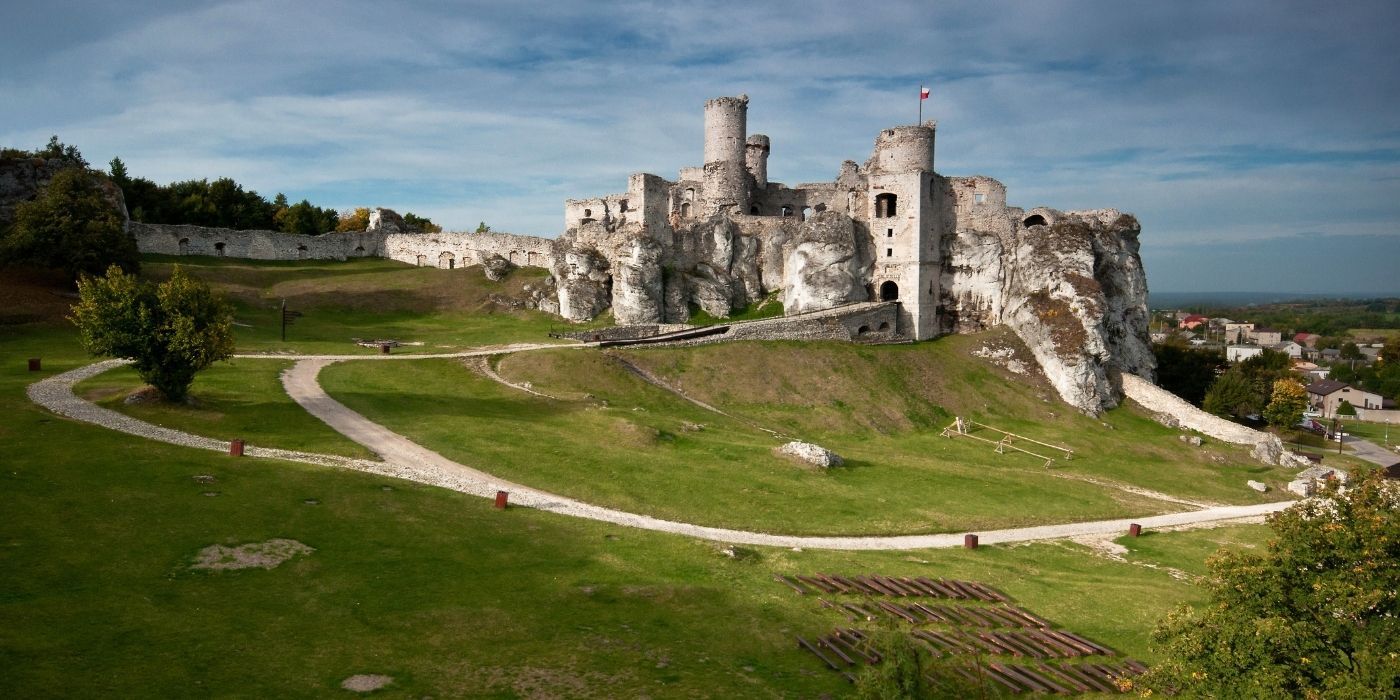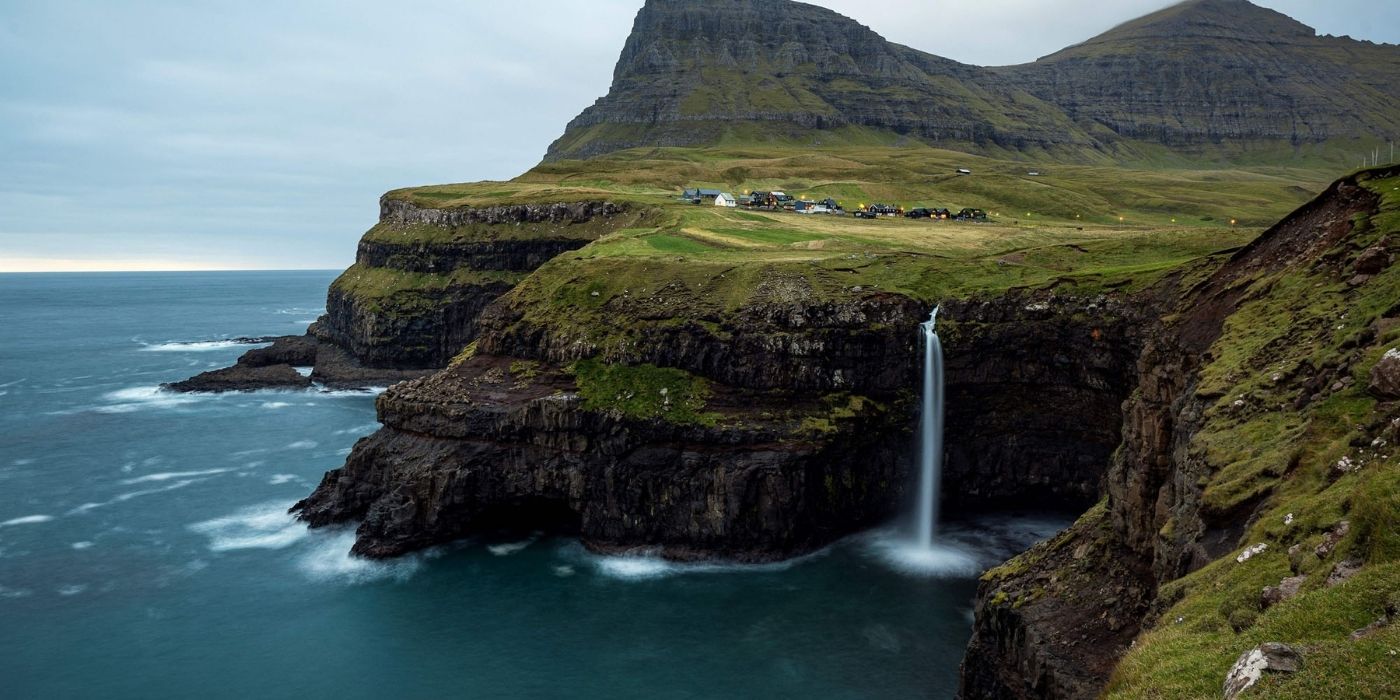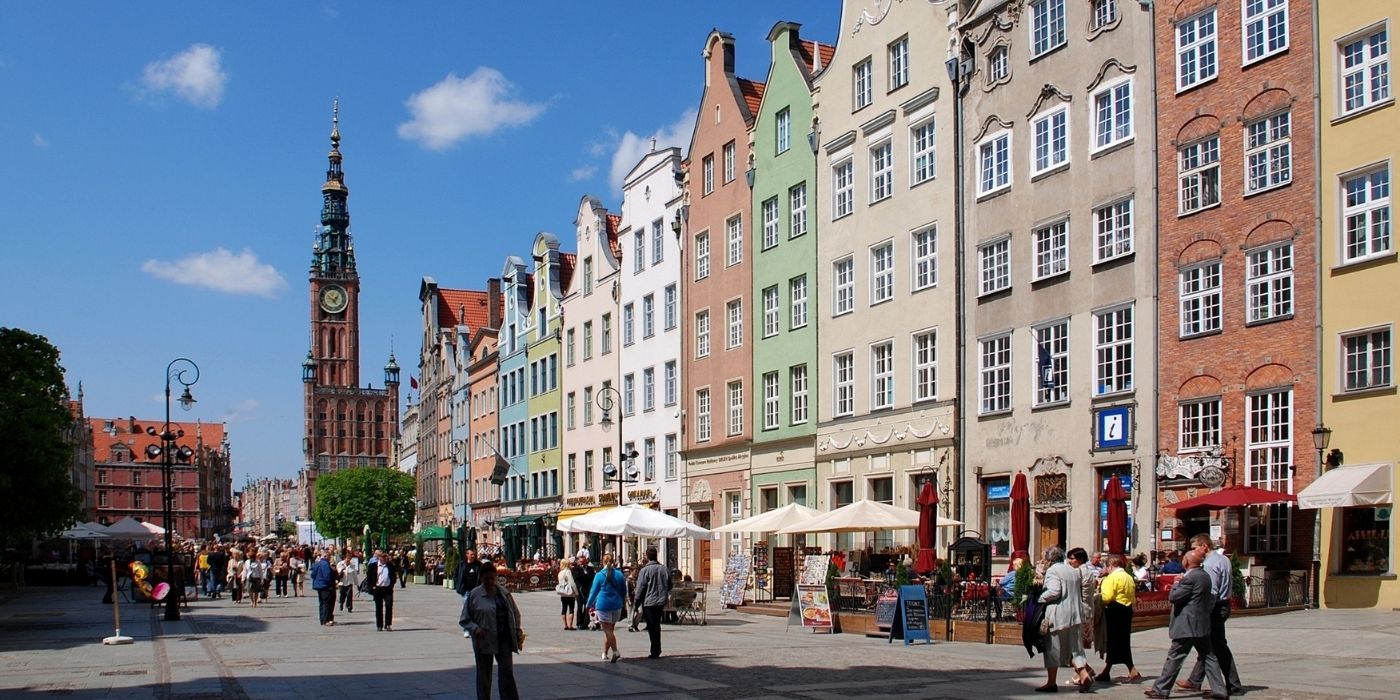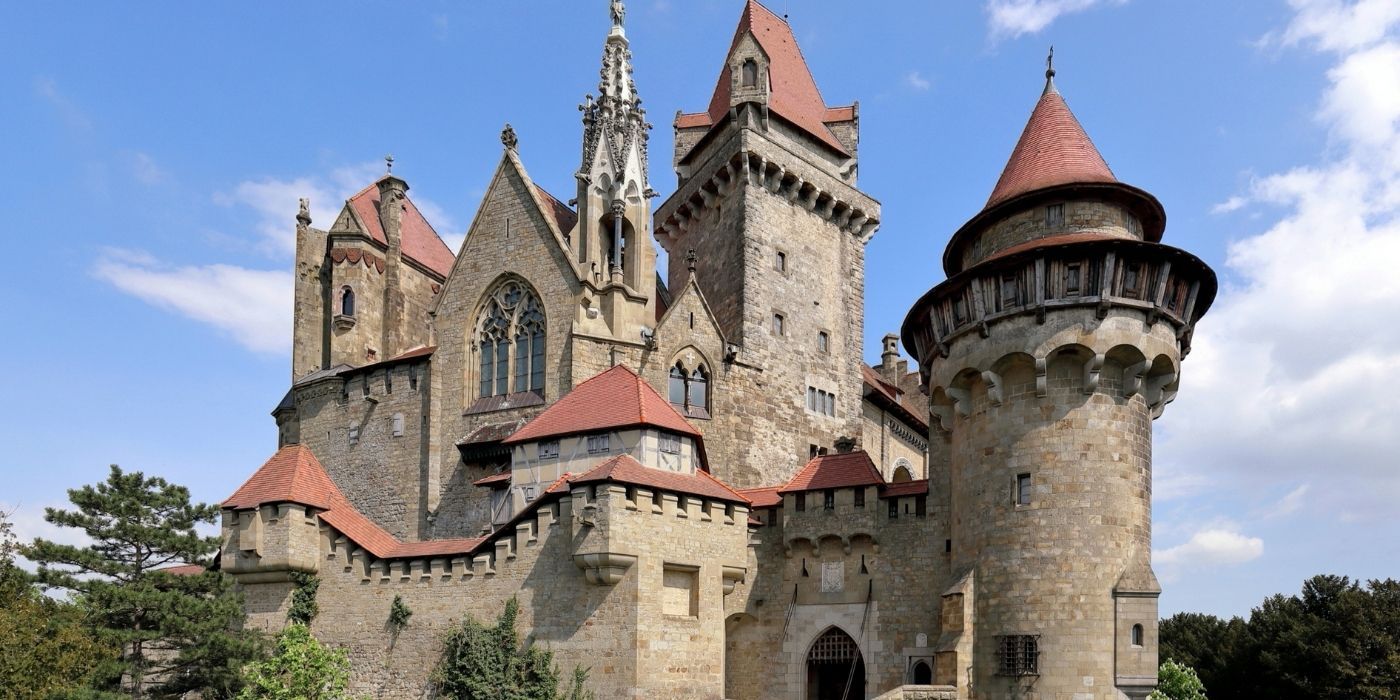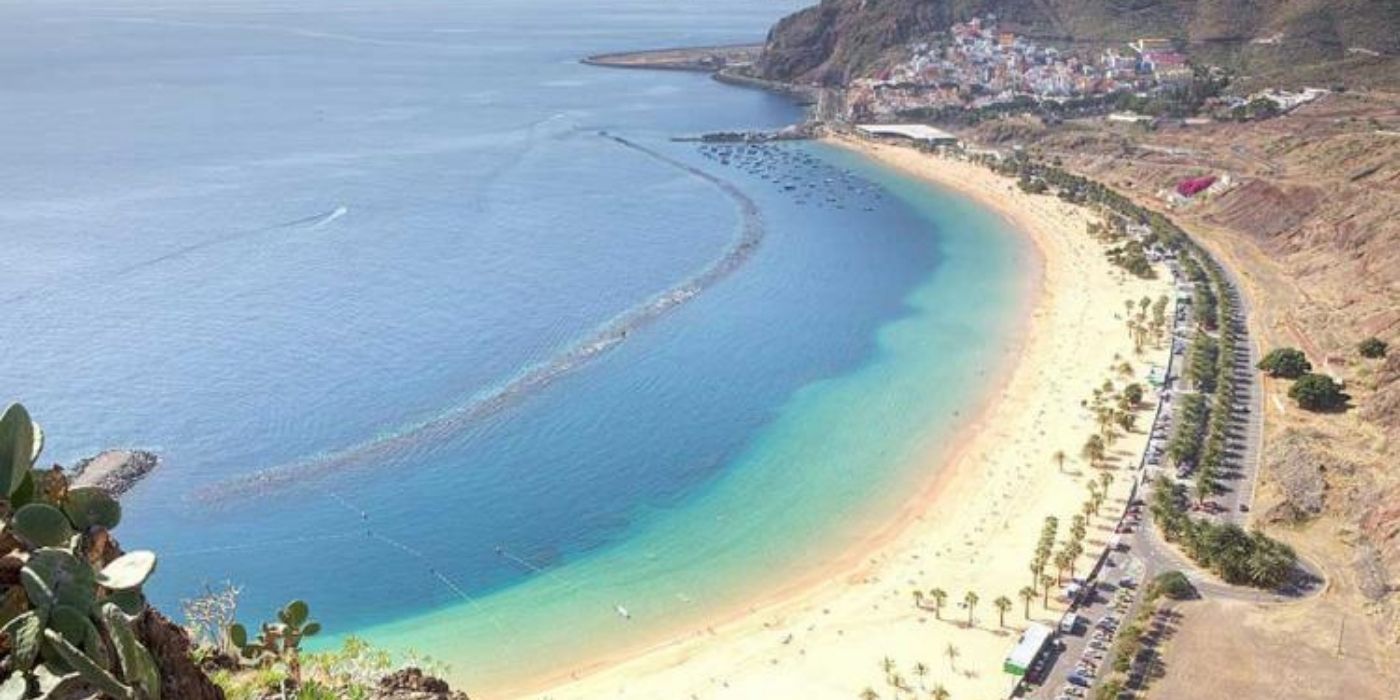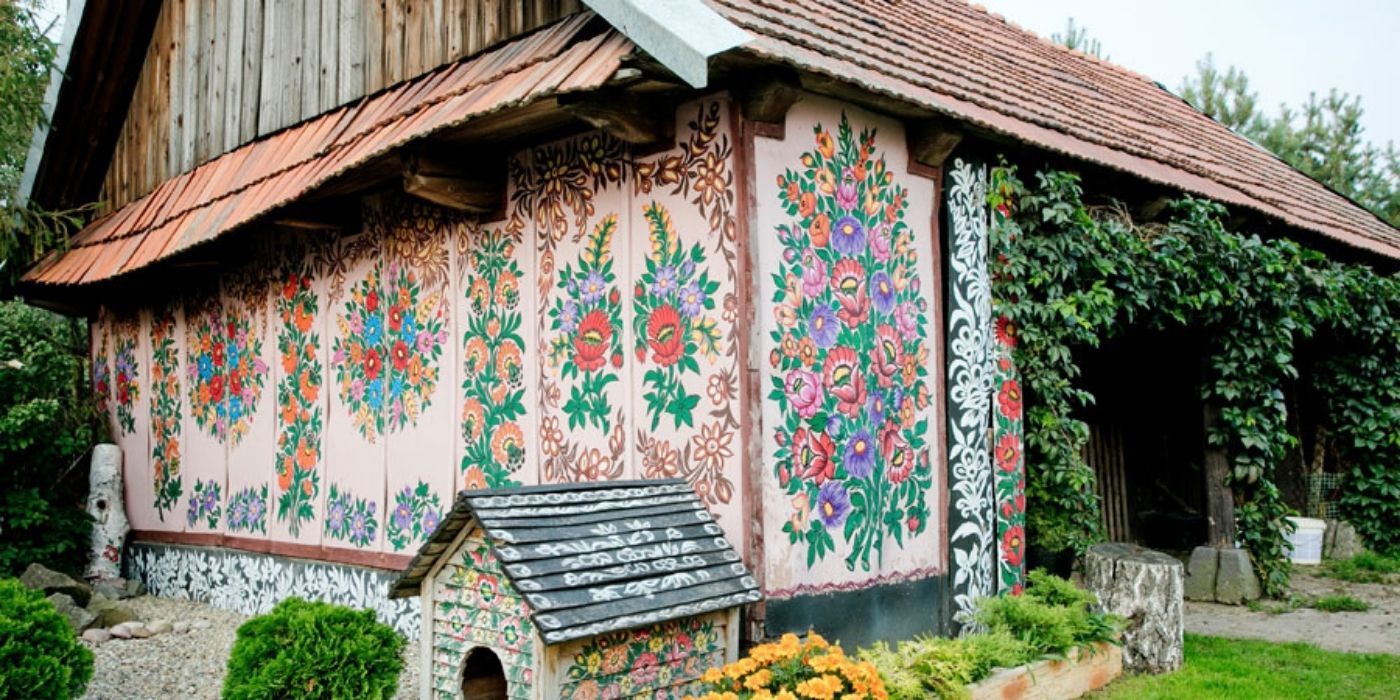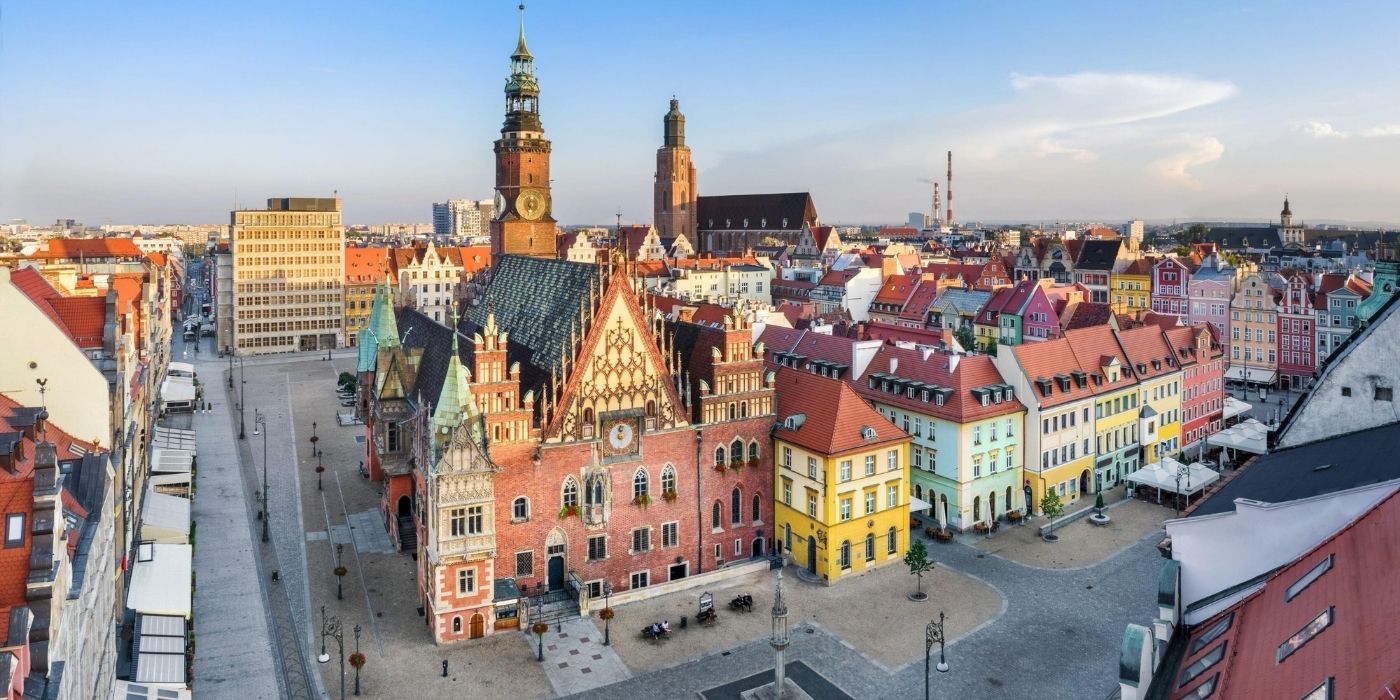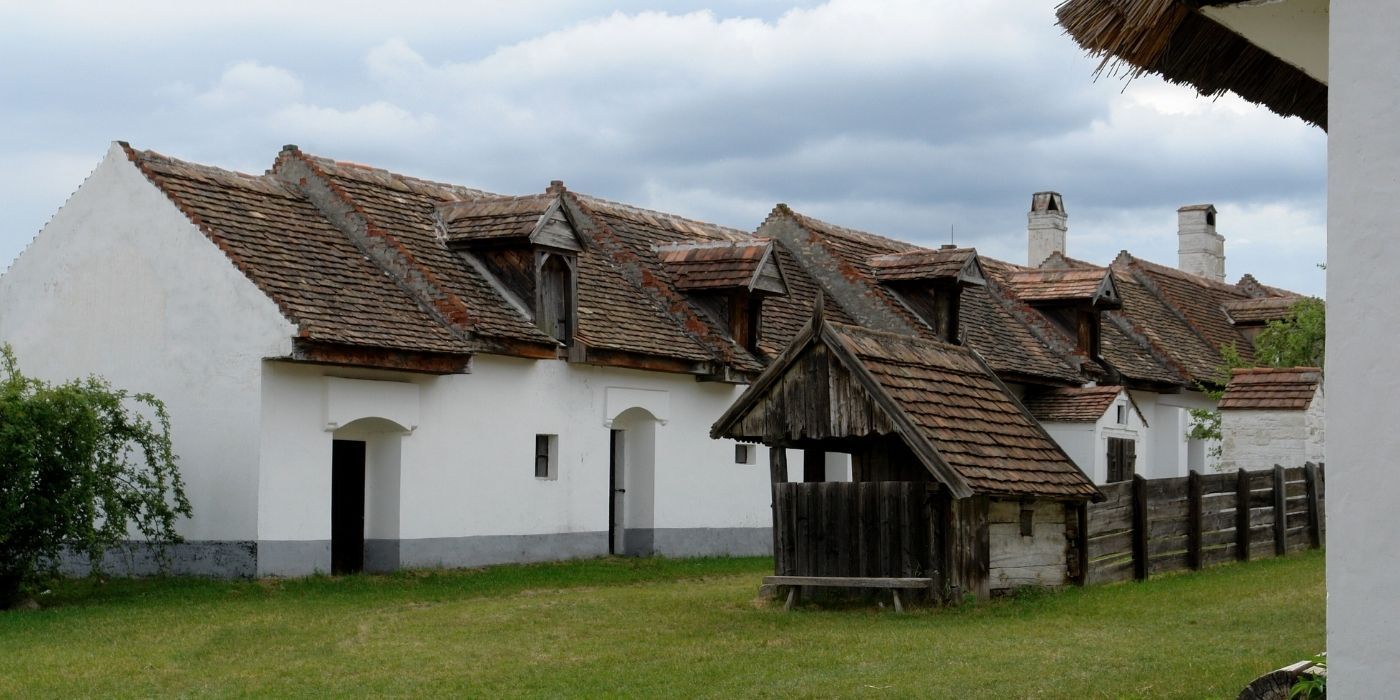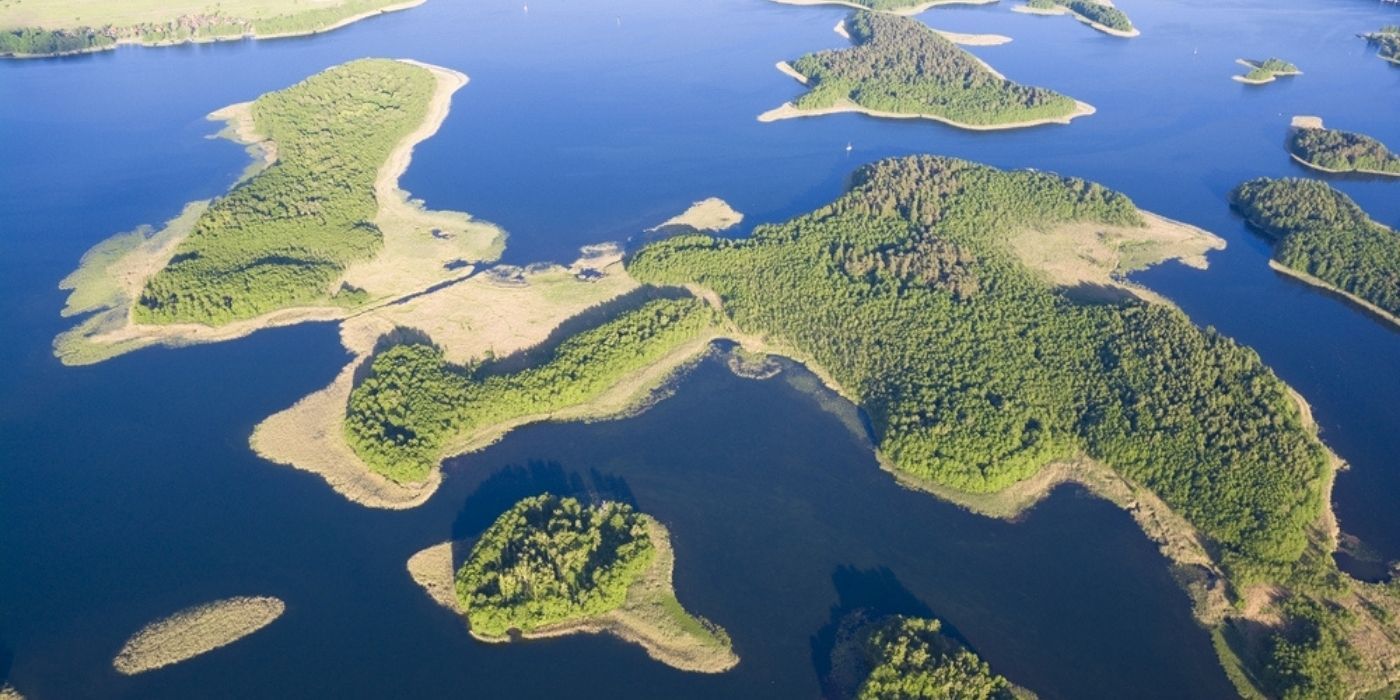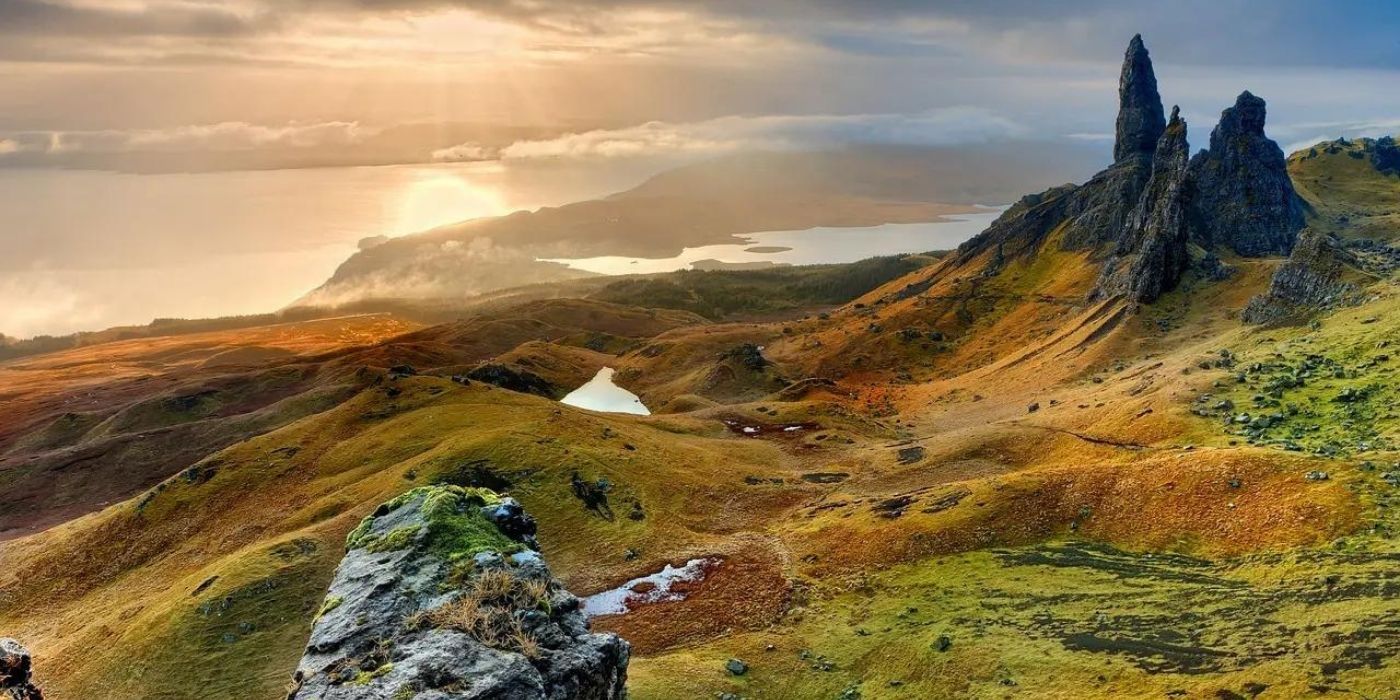In recent years, The Witcher franchise has steadily become a global phenomenon. First with the original books by Andrzej Sapkowski, then the CD Projekt RED video games, and now Netflix’s hit TV show, whose second highly anticipated season is set to drop on December 17, 2021.
While fan-favorites like Geralt, Ciri, and Jaskier drive much of the popularity of the story, the unique and varied landscapes of the medieval-fantasy realm known as "the Continent" have contributed much to the franchise’s success. Many of the various kingdoms and locales of Sapkowski’s fictional world are based in part on real-world places that can still be visited today.
Ogrodzieniec Castle, Poland
About one hour from Krakow, is Ogrodzieniec Castle, a grand fortification built into prehistoric limestone. Ogrodzieniec has seen its fair share of conflict through the ages and is haunted by its fair share of ghosts, including a demonic black dog that prowls the night, a worthy adversary even for Geralt.
Ogrodzieniec Castle was the filming location for the climactic battle of Sodden Hill during "Season One Episode 8" of the Netflix series The Witcher. In the scene, Nilfgaardian troops make an all-out assault on the Keep at Sodden, which is staunchly defended by the Brotherhood of Sorcerers.
Faroe Islands, Denmark
One of the many inspirations for the Skellige Isles, the Faroe Islands are an archipelago of steep cliffs, jagged coastlines, and windswept green hills. Faroe is a fascinating blend of both Norse and Celtic cultures, just like the fictional land it inspires in The Witcher 3: Wild Hunt video game. You’ll feel like the High King of the Skellige, as you explore the grass-roofed village of Saksun, hike to the dramatic Fossá waterfall, and encounter the local Puffin colony on Mykines Island.
Gdańsk, Poland
A perfectly preserved medieval port city on Poland’s Baltic coast, Gdańsk was the inspiration for the Free City of Novigrad, which was featured heavily in The Witcher 3: Wild Hunt video game. Like Novigrad, Gdańsk was once a semi-independent city state known as The Free City of Danzig, until it was annexed by the Nazis during World War II.
Of all the historical sites around Gdańsk, the one Witcher 3 players will most likely recognize is the wooden medieval Crane at the entrance to the port, where it also sits proudly in Novigrad’s fictional port.
Kreuzenstein Castle, Austria
Located just outside of Vienna, Kreuzenstein was the shooting location for the much-loved episode "Betrayer Moon" from the first season of Netflix’s The Witcher, in which Geralt is tasked by King Foltest to hunt down a Striga which prowls a decrepit castle.
It’s clear why Kreuzenstein castle was chosen to depict Geralt’s battle with the Striga, with its creepy neo-Gothic architecture and foreboding stone walls. You’ll feel like Geralt staking his prey as you explore the castle’s dark halls adorned with old swords and armor. Today, the castle features a museum and restaurant onsite, and makes for a great daytrip from Vienna.
Canary Islands, Spain
Surprisingly, many of the outdoor locations in Netflix’s The Witcher were shot on this Spanish archipelago off the coast of Africa. Known for its otherworldly landscape and rugged terrain, the Canaries stood in for the Sorcerers’ Aretuza school of magic, Brokilon Forest, and scenes in which Yennefer escorts Queen Kalis of Lyria.
The island of Gran Canaria is even nicknamed the "Miniature Continent" because of the diversity of its landscapes, from sand dunes to green ravines and volcanic beaches. It's a paradise for hikers and nature enthusiasts. Gran Canaria also has quite a few picturesque towns like Arucas or Firgas that are worth checking out for their unique Guanche indigenous culture.
Zalipie, Poland
A sleepy village hidden deep in a Polish forest, Zalipie feels fantastical even in real life. The colorful cottages of this village were the model for the fictitious town of Lindenvale in The Witcher 3: Wild Hunt video game. The white-washed walls Lindenvale, painted with vibrant flowers, noticeably stand out from the impoverished countryside of Velen during the Bloody Baron questline. The real-world Zalipie has since become a popular day-trip for those visiting nearby Krakow.
Wrocław, Poland
The historic capital of the Silesia region in southern Poland, Wrocław is a city of twelve islands connected by hundreds of bridges. Wrocław serves as the major inspiration for the Redanian city of Oxenfurt in the Witcher universe. Like Wrocław, Oxenfurt is a colorful and bustling university town. First described in Sapkowski’s books Oxenfurt also played an important role in The Witcher 3: Wild Hunt video game. You’ll feel like a student in Oxenfurt academy, as you explore the narrow streets of the old town of Wrocław, going from pub to pub with your mates.
Szentendre Skanzen Village Museum, Hungary
Just north of Budapest, this open-air folk museum will have you searching for your next Witcher monster contract on the nearest notice board. For good reason too, as the Szentendre Skanzen Village Museum was the filming location for multiple episodes in Netflix’s The Witcher, including the village where Yennefer is originally from. The museum also features many accurate reproductions of villages from different parts of Hungary.
Masurian Lakes District, Poland
A land of 1000s of lakes and rivers, with various medieval towns and villages dotting the landscape, the region of Masuria was the partial inspiration for the treacherous marshland and dark forests of Velen, featured heavily in The Witcher 3: Wild Hunt video game. Masuria was once inhabited by the Baltic Prussian tribes, who practiced natural shamanism, similar to the pagan folk religion found throughout Velen in the Ladies of the Wood questline.
The Masurian Lakes District today is a popular vacation destination for local Poles, who canoe throughout the various waterways of the area, stopping to explore and camp as they go. There are also a number of lakeside boutique hotels, for those wanting more comfortable accommodations.
Isle of Skye, Scotland
Rumored to be one of the filming locations for Season 2 of Netflix’s The Witcher, the Witcher team have been spotted scouting out this far-flung island off the coast of Scotland. It is not immediately clear which part of "the Continent" Skye will stand in for, but it is sure to be impressive and memorable. The Isle of Skye’s unique landscape of barren moors, crystal clear waters, and jagged rock formations have been featured in many past productions, including Snow White and the Huntsman, Game of Thrones, and 47 Ronin.


